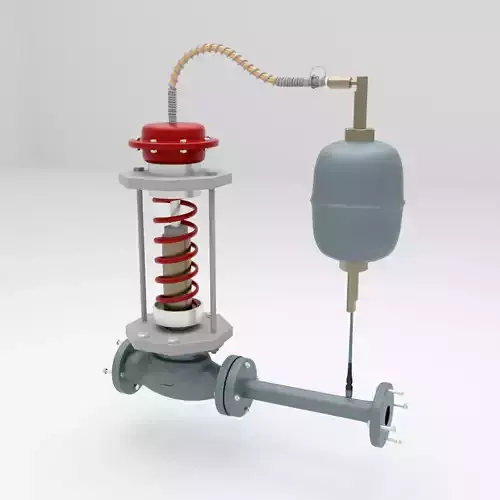1/13
A self-actuated pressure control valve uses a pitot tube which gives access to process fluid to pressurize the diaphragm which then acts to open the valve so process fluid from the process line can pass through.
For a pressure regulator valve, the pitot tube connects the diaphragm casing to a point downstream of the control valve. When the pressure downstream to the control valve increases beyond the setpoint, process fluid exerts increased pressure on the diaphragm thus closing the valve. Closing of the valve stops process flow thus reducing the valve downstream pressure back to setpoint level.
When the pressure downstream of control valve drops below the setpoint level, process fluid from diaphragm casing recedes back to process line. This relieves pressure on diaphragm and opens the valve to allow increased process flow. Increased process flow leads to increase in pressure back to its setpoint.
For a back-pressure regulator valve, the pitot tube connects diaphragm casing to a point upstream of the pressure control valve and the process fluid from upstream point acts on the valve diaphragm to open or close the valve in case of high or low pressure respectively.
REVIEWS & COMMENTS
accuracy, and usability.













